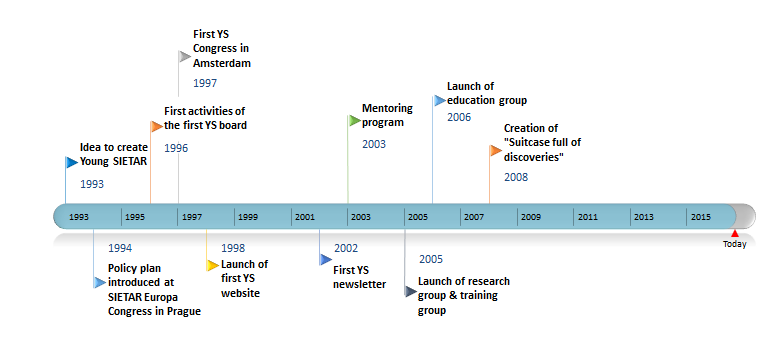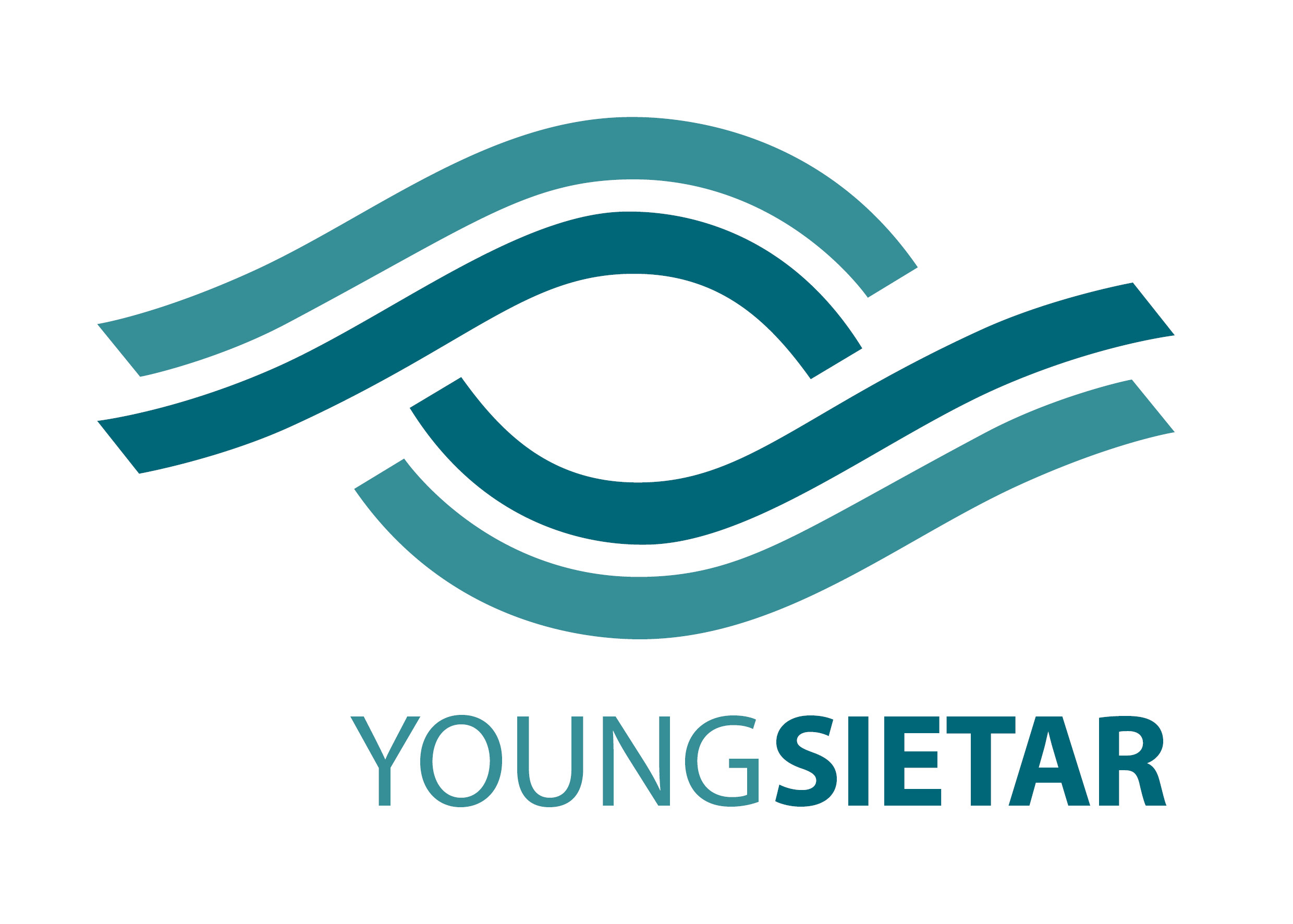
History
History of Young SIETAR

Our Roots:
From SITAR to Young SIETAR Here
The story of Young SIETAR begins with the wider SIETAR movement — a global community born from the social change and intercultural ideals of the 1960s.
1968 – Planting the Seed
At a Peace Corps training conference in Estes Park, Colorado, intercultural trainers, researchers, and educators came together to share ideas. For the first time, they imagined a professional society dedicated to intercultural learning and exchange.
1974 – SITAR to SIETAR
That idea became reality in 1974, when SITAR (the Society for Intercultural Training and Research) was formally established in Washington, D.C. Soon renamed SIETAR — to include Education — the Society created a forum for trainers, researchers, and practitioners to exchange knowledge and strengthen both theory and practice in intercultural communication.
1980s–1990s – Going Global
The vision quickly spread beyond the United States. SIETAR International was founded in 1982, followed by national and regional groups worldwide: SIETAR Japan (1985), SIETAR Europa (1991), SIETAR USA (1999), and many others. By the mid-1990s, SIETAR had become a network of communities sharing a global perspective while rooted in local cultures.
1994 – The Birth of Young SIETAR
Within this growing movement, younger members imagined a space of their own. In 1994, Young SIETAR was founded as a volunteer-driven, independent network for students and early-career professionals. Its mission: to create an open, welcoming community where curiosity, playfulness, and intercultural learning could flourish without hierarchy.
2005 – First TOIT
Young SIETAR launched its first Training of Intercultural Trainers (TOIT) in 2005. This immersive program became a signature tradition, offering emerging trainers a safe environment to practice, experiment, and grow.
2010s – Expanding Connections
As the network grew, so did its reach. Online spaces, global partnerships, and new initiatives like the Training Library and Virtual Cafés connected members across continents.
2020 – Staying Connected Online
The global pandemic forced everything online. Young SIETAR adapted quickly, creating digital spaces to keep its community active, connected, and inspired.
Today – A Global Network
Today, Young SIETAR is one of the largest intercultural youth networks in the world, with members in 70+ countries. From its grassroots beginnings, it has grown into a thriving, international community — still volunteer-led, still open to all, and still committed to keeping intercultural learning alive, playful, and powerful.
Our Roots: From SITAR to Young SIETAR

